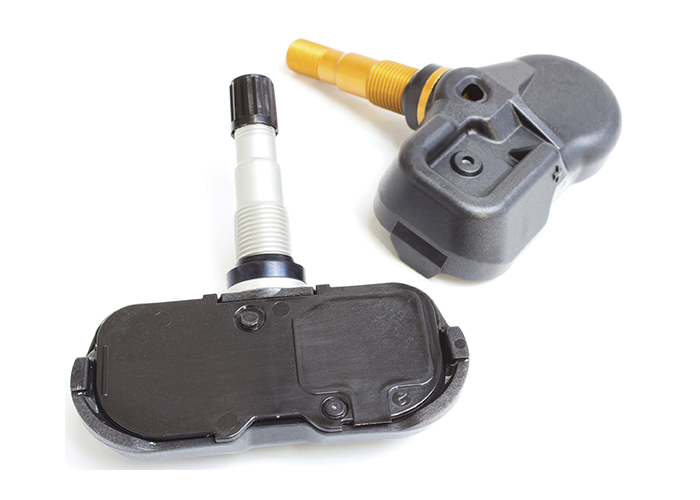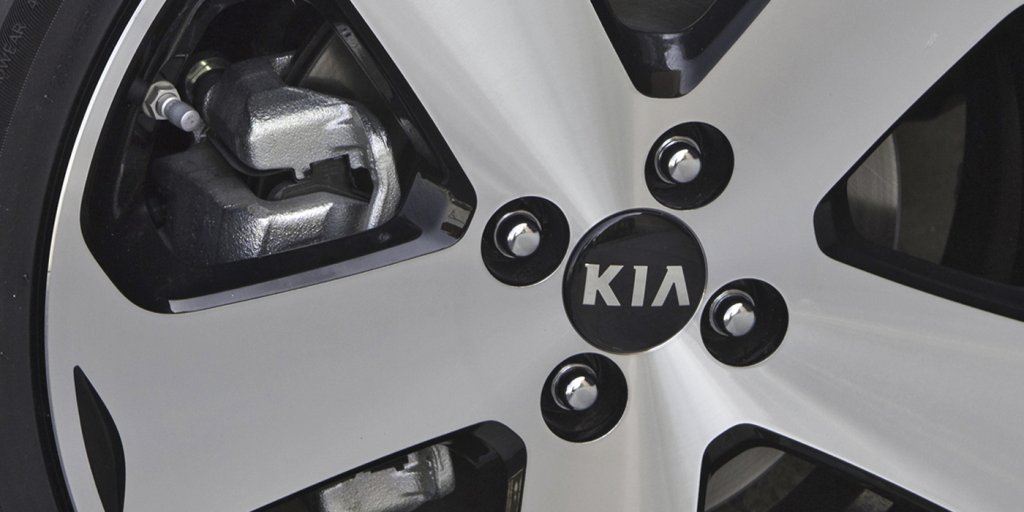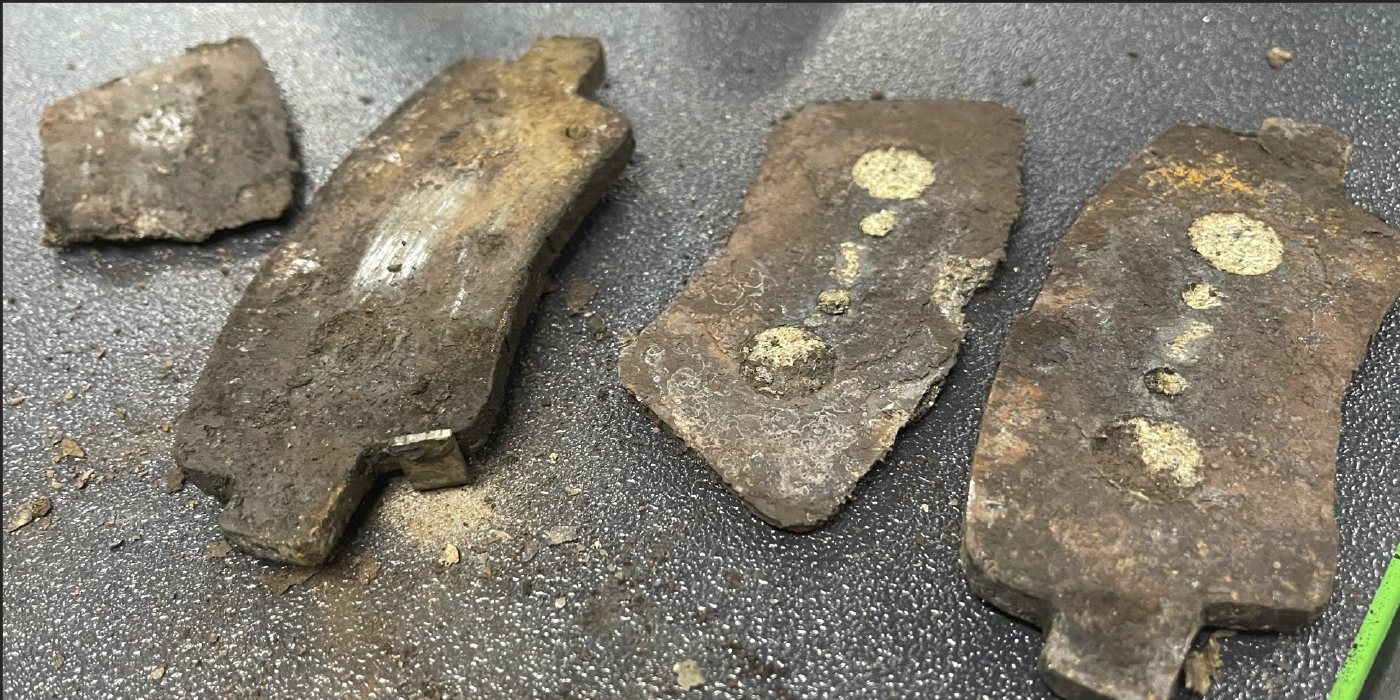KIA has equipped most of its vehicles with TPMS since the 2007 model year. Most Hyundai vehicles use systems from Lear, TRW or Continental. These systems have an auto relearn function. But if you are initializing a sensor or doing a manual relearn, you will need a TPMS tool that can capture the sensor IDs and program them into the TPMS module.
Most 2007-’10 models use clamp-on tire pressure monitoring sensors. After 2010, most models were equipped with rubber valve stems that snap into the wheel.
Relearns
The majority of base KIA TPMS systems do not require a relearn for tire rotation. These systems do not require a relearn for tire rotation. Only one automatic relearn procedure will take place during a given ignition cycle.
The TPMS sensors, located in each wheel well, measure the tire pressure and temperature and then transmit the data to the TPMS initiator. The tire pressure sensor operates in stationary/rolling and sleep modes.
In stationary/rolling mode, the sensor will measure pressure and temperature every 4 seconds, and measure acceleration every 60 seconds. High line sensors transmit data every 60 seconds while awake.
In sleep mode, the sensor enters a low current consumption state where no measurements are made in order to conserve battery power. All sensors are in this state when new. The sensor will not transmit unless requested to do so by the initiate command or when the vehicle accelerates to 20 mph. High line sensors return to sleep mode if the system receives no signals and the tire remains stationary for 10 minutes.

Reprogramming
If a TPMS wheel sensor or the TPMS module is replaced, you will need a TPMS tool that can collect the sensor IDs and program them to the TPMS module via the OBDII port.
KIA recommends not performing initialization or reprogramming if the vehicle is parked on a metal floor, roof, or even on an alignment rack or lift. The metal will transfer the RF signals, which can cause the learn procedure to fail and set DTCs.
Diagnostics
Most models have a warning light for low inflation and a generic TPMS light for system performance. When low tire pressure or rapid deflation is detected, the low-pressure warning light on the instrument cluster will be illuminated. If the system detects a module, receiver or sensor fault, the TPMS warning indicator on the instrument cluster will be illuminated.
The early system had the warning lamps directly wired to the instrument clusters. Later models activate the TPMS lights using a serial data connection to the instrument cluster.
The main difference between high-line and low-line systems on some models is the use of an initiator module that transmits a signal telling the sensors to transmit. Some models have separate initiators for the front and rear sensors.
The systems utilized in 2007-’15 KIA vehicles use the same data parameter as the cruise control for vehicle speed. The sensor is on the output shaft of the transmission. If the TPMS or cruise control is missing this data, it will cause a TPMS malfunction.














